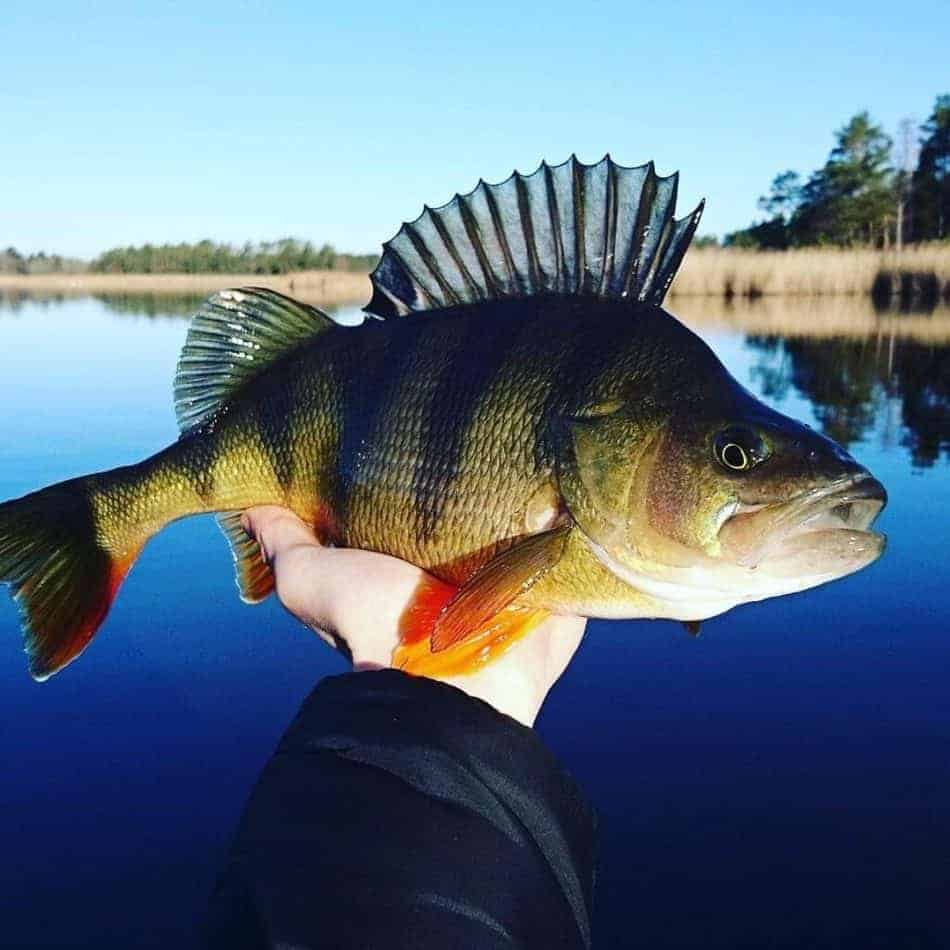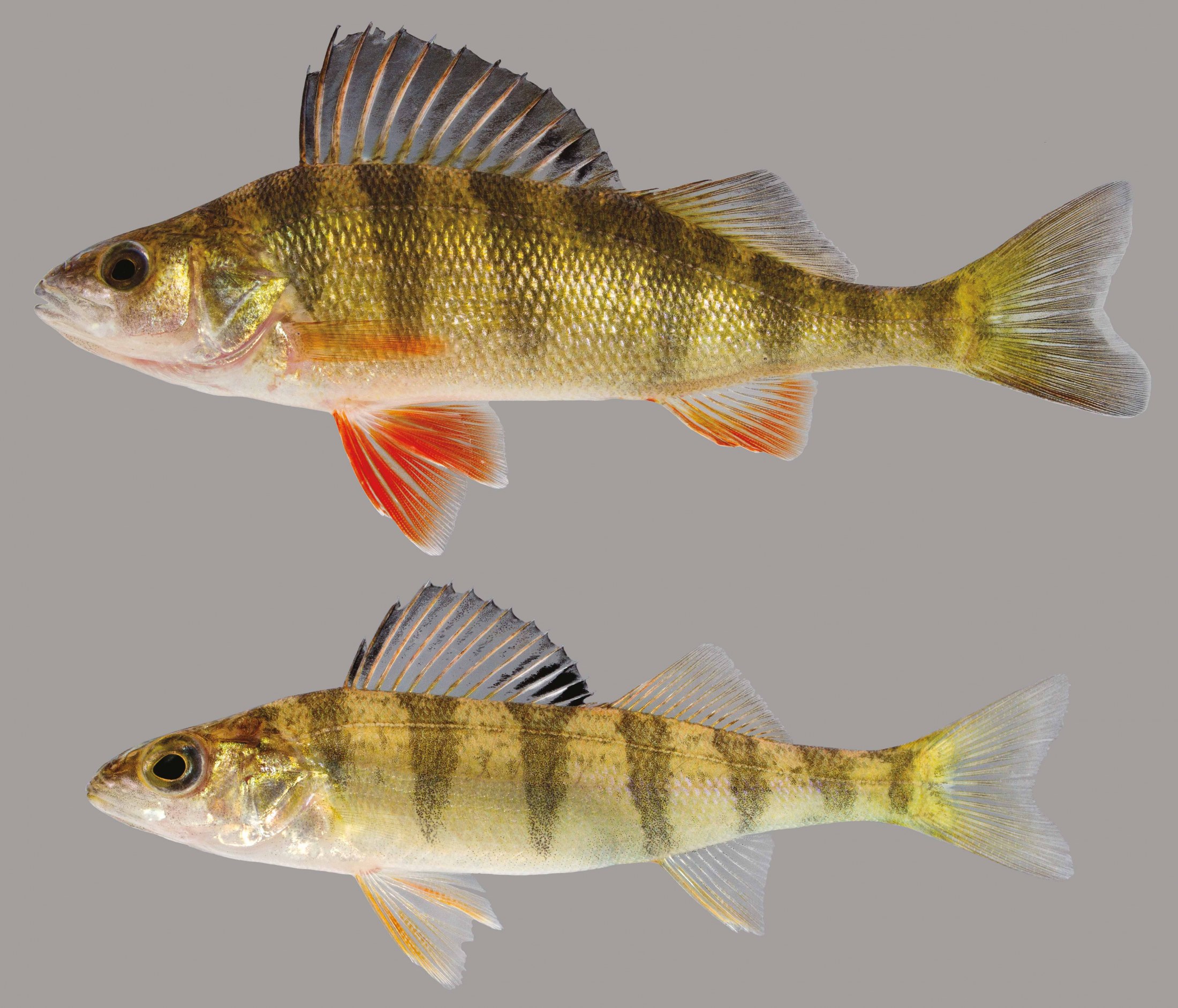Perch Fish Characteristics

Perch fish, renowned for their vibrant hues and captivating presence, grace the aquatic realm with their diverse array of species. Their distinctive physical attributes, coupled with remarkable evolutionary adaptations, have equipped them to flourish in a myriad of freshwater habitats.
The perch, a fish that frequents shallow waters, is known for its spiny dorsal fin. Its name originates from the Latin word “perca,” meaning “a spiny fish.” To further delve into the intricacies of its definition, we may consult perch definition , where we can uncover a comprehensive understanding of this aquatic creature.
Perch fish typically exhibit an elongated, laterally compressed body, adorned with prominent dorsal and anal fins. Their scales, often adorned with intricate patterns, range in size and coloration, contributing to their distinctive appearance. Depending on the species, perch fish can vary significantly in size and weight, with some reaching lengths of over two feet and weighing several pounds.
Perch fish, with their sharp fins and silvery scales, dart through the water with effortless grace. Like a basketball player executing a floater, they glide through the air, hanging momentarily before gently descending back into the depths. Floater definition basketball captures the essence of this delicate move, where finesse and control reign supreme.
As the perch fish resumes its underwater journey, its movements echo the soft, graceful arc of a basketball floating towards the hoop.
Coloration, Perch fish
The coloration of perch fish is as diverse as their species, with each boasting unique hues and patterns. Many species exhibit a vibrant green or olive-brown coloration, providing camouflage amidst aquatic vegetation. Others, like the yellow perch, display a striking golden hue, while the redbreast sunfish is renowned for its vibrant red breast.
Species Diversity
The perch family encompasses a vast array of species, each adapted to specific aquatic environments. The yellow perch, for instance, thrives in lakes and ponds, while the walleye prefers the depths of rivers and large lakes. The smallmouth bass, known for its aggressive nature, inhabits rocky streams and rivers, while the largemouth bass prefers the calmer waters of lakes and ponds.
The perch fish, with its gleaming scales and lively fins, is a master of the underwater realm. Its keen eyesight allows it to spot prey from afar, while its powerful tail propels it through the water with grace. Like a floater, the perch fish hangs suspended in the water column, patiently awaiting its next meal.
This floater meaning refers to its ability to remain buoyant without sinking or swimming actively. With its exceptional hunting skills and enigmatic presence, the perch fish continues to fascinate and inspire all who encounter it.
Evolutionary Adaptations
Over millennia, perch fish have evolved remarkable adaptations that enhance their survival in diverse aquatic habitats. Their laterally compressed bodies allow for swift and agile movements, while their sharp spines and fins provide protection against predators. Additionally, their ability to tolerate a wide range of water temperatures and oxygen levels has enabled them to colonize a vast array of freshwater ecosystems.
Perch Fish Behavior and Habitat

Perch fish are known for their distinctive characteristics and behavior, showcasing unique feeding habits, social dynamics, and habitat preferences.
Feeding Habits
Perch fish are opportunistic feeders, consuming a wide range of prey items. Their diet primarily consists of small fish, insects, crustaceans, and zooplankton. They are ambush predators, often lurking among vegetation or structures, waiting for their prey to come within striking distance. Perch fish use their sharp teeth and strong jaws to seize and consume their prey.
Social Behavior
Perch fish exhibit diverse social behaviors. They are often found in schools, which provide protection from predators and increase foraging efficiency. During mating season, males establish territories and display courtship behaviors to attract females. Perch fish are generally territorial, defending their territory from other fish of the same species.
Habitat Preferences
Perch fish prefer clear, well-oxygenated waters with abundant vegetation and structures. They are commonly found in lakes, rivers, ponds, and estuaries. Perch fish prefer areas with water temperatures ranging from 55°F to 75°F (13°C to 24°C). They prefer depths of 10 to 20 feet (3 to 6 meters) and are often associated with aquatic vegetation, fallen trees, and rock piles.
Perch Fish in the Ecosystem
Perch fish play vital ecological roles in aquatic ecosystems, interacting with other species and influencing water quality, nutrient cycling, and biodiversity.
Interactions with Other Species
Perch fish are both predators and prey in aquatic food webs. They consume zooplankton, insects, and smaller fish, while larger fish, birds, and mammals prey on them. This predatory-prey relationship helps maintain ecosystem balance and diversity.
Water Quality and Nutrient Cycling
Perch fish contribute to water quality by consuming algae and other organic matter, reducing nutrient loads and improving water clarity. Their feeding habits also release nutrients into the water column, supporting primary productivity and nutrient cycling.
Threats to Perch Fish Populations
Perch fish populations face threats from habitat loss, overfishing, and pollution. Habitat degradation due to human activities, such as land development and water pollution, reduces suitable spawning and feeding grounds. Overfishing can deplete populations, disrupting ecosystem balance. Pollution from industrial effluents and agricultural runoff can harm perch fish and their food sources.
The perch fish, with its vibrant hues and agile movements, has captivated anglers for generations. Its reputation as a formidable opponent extends beyond the fishing line, as it also serves as a “poster fish” for conservation efforts. Poster fish are those that embody the plight of an entire ecosystem, drawing attention to the need for environmental stewardship.
The perch fish, with its delicate balance in the food chain, exemplifies this role, reminding us of the importance of preserving our aquatic treasures.
The perch, a sprightly fish with scales that shimmer like a thousand tiny stars, is a sight to behold. Its agile body darts through the water with effortless grace, leaving behind a trail of iridescent bubbles. As we marvel at the perch’s beauty, let us not forget its close cousin, the sole fish , a flatfish renowned for its delicate flavor and prized by gourmands worldwide.
Yet, despite their differences, both the perch and the sole share a common bond, a testament to the vast tapestry of life that weaves together all creatures, great and small.